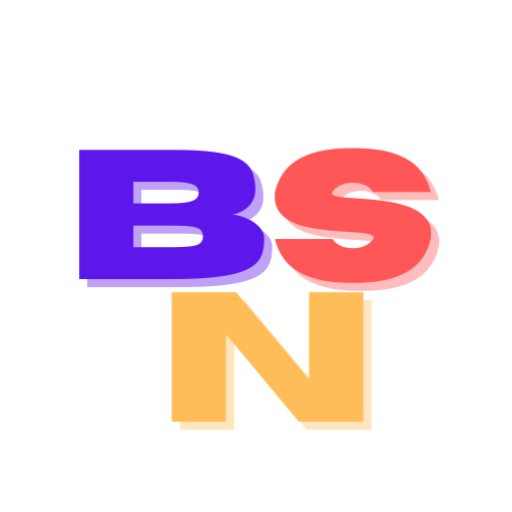Receivables & The Allowance vs The Direct Write Off Methods
- All prices mentioned above are in United States dollar.
- This product is available at Udemy.
- At udemy.com you can purchase Receivables & The Allowance vs The Direct Write Off Methods for only $14.00
- The lowest price of Receivables & The Allowance vs The Direct Write Off Methods was obtained on October 2, 2025 7:45 pm.
$44.99 Original price was: $44.99.$14.00Current price is: $14.00.
Best deal at:  udemy.com
udemy.com
Buy for best price
Set Lowest Price Alert
×

Notify me, when price drops
Set Alert for Product: Receivables & The Allowance vs The Direct Write Off Methods - $14.00

Price history
×
| Price history for Receivables & The Allowance vs The Direct Write Off Methods | |
|---|---|
|
Latest updates:
|
|
Add to wishlistAdded to wishlistRemoved from wishlist 0

Receivables & The Allowance vs The Direct Write Off Methods
$44.99 Original price was: $44.99.$14.00Current price is: $14.00.
Description
| Price history for Receivables & The Allowance vs The Direct Write Off Methods | |
|---|---|
|
Latest updates:
|
|
Didn't find the right price? Set price alert below
Set Alert for Product: Receivables & The Allowance vs The Direct Write Off Methods - $14.00

Receivables & The Allowance vs The Direct Write Off Methods
★★★★★
$14.00 in stock
Udemy.com
as of October 2, 2025 7:45 pm
Mastering Accounts Receivable and Notes Receivable: Comprehensive Guide to Valuation, Recording, and Control

Created by:
Robert (Bob) Steele
CPA, CGMA, M.S. Tax, CPI
CPA, CGMA, M.S. Tax, CPI
Rating:4.56 (155reviews)
43353students enrolled
What Will I Learn?
- Define accounts receivable and notes receivable, their nature as assets, and representing money owed for goods or services provided on credit.
- Explain accounts receivable cycle, including recording, monitoring, and collecting accounts receivable, and importance of subsidiary ledgers.
- Analyze valuation methods for accounts receivable: allowance method and direct write-off method, considering financial statements and matching principle.
- Apply allowance method to estimate bad debt expense based on historical data, industry norms, and economic conditions.
- Compare allowance method and direct write-off method, considering advantages, limitations, and financial reporting implications.
- Describe components of a note receivable and record related journal entries.
- Calculate simple interest on notes receivable using appropriate formulas.
- Interpret financial impact of accounts receivable and notes receivable on balance sheet and income statement.
- Analyze control measures for effective management of accounts receivable, including credit policies and collection strategies.
- Evaluate implications of accounts receivable and notes receivable on financial analysis and decision-making processes.
Requirements
- Basic understanding of accounting principles and concepts: Students should have knowledge of fundamental accounting concepts such as debits and credits, the accounting equation, and the basic financial statements.
- Familiarity with financial statements and the accounting equation: Students should be able to analyze financial statements, understand their components (such as assets, liabilities, and equity), and grasp how transactions affect the accounting equation.
- Proficiency in mathematical calculations: Students should be comfortable performing mathematical calculations, including addition, subtraction, multiplication, and division. Basic knowledge of percentages and ratios is also beneficial.
- Knowledge of journal entries and posting: Students should understand the concept of journal entries and how to record them in the appropriate accounts. Knowledge of the chart of accounts and the posting process is essential.
Target audience
- Aspiring Accountants: Individuals who are pursuing a career in accounting or finance and want to develop a strong understanding of accounting concepts and techniques.
- Business Owners and Managers: Entrepreneurs, small business owners, and managers who want to enhance their financial literacy and gain insights into managing and interpreting financial information.
- Students and Professionals in Related Fields: Students studying business, finance, economics, or any other field that requires a basic understanding of accounting principles. Professionals in non-accounting roles who need to interact with financial statements and make informed decisions based on financial data.
- Bookkeepers and Accounting Assistants: Individuals currently working or aspiring to work in bookkeeping or accounting assistant roles, seeking to improve their knowledge and skills in recording and maintaining financial transactions.
- Anyone Interested in Accounting: Individuals with a general interest in accounting, personal finance, or understanding how businesses manage their finances. No prior accounting experience is required.
Price History
| Price history for Receivables & The Allowance vs The Direct Write Off Methods | |
|---|---|
|
Latest updates:
|
|
Reviews (0)
User Reviews
0.0 out of 5
★★★★★
0
★★★★★
0
★★★★★
0
★★★★★
0
★★★★★
0
Write a review
Be the first to review “Receivables & The Allowance vs The Direct Write Off Methods” Cancel reply
Related Products
Mastering QuickBooks Online
$119.99







There are no reviews yet.